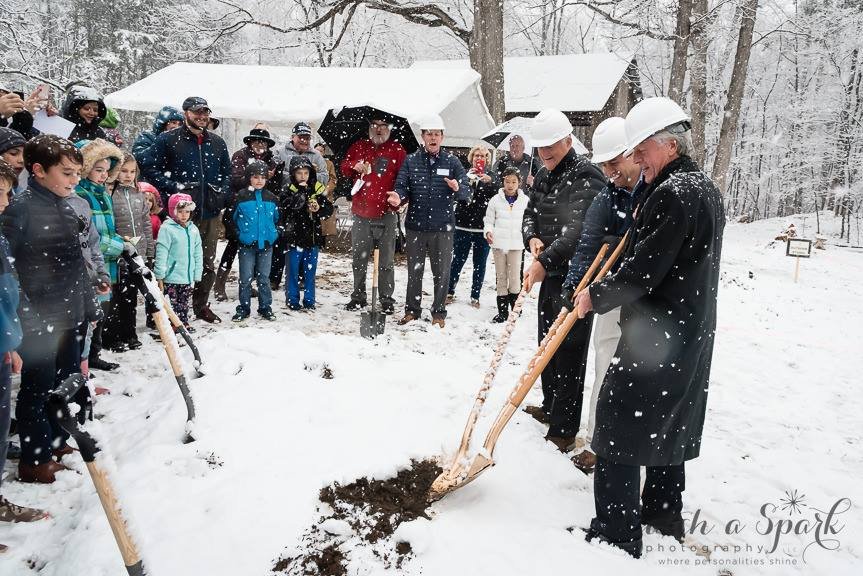Winston-Salem Montessori School History
The Winston-Salem Montessori School has an interesting and complex history.
The first Montessori school in Winston-Salem was founded in 1968 with 24 students.
During the 1970s, two more Montessori schools opened: Forsyth Montessori and Reynolda Montessori (1973).
Winston-Salem Journal, November 24, 1974
In 1984, these schools merged and relocated to Wesley Memorial United Methodist Church on Bolton Street, with the new name of Montessori Children’s Center, Inc.
Winston-Salem Journal, May 6, 1986
Winston-Salem Journal, August 24, 1969
In 1986, Southside Montessori closed, leaving Montessori Children’s Center the only Montessori school in Winston-Salem. Montessori Children’s Center moved to Old Vineyard Road in 1992, eventually housing two Toddler classrooms, five Children’s House classrooms and a combined Lower/Upper Elementary program.
By the summer of 2006, the school changed its name to The Montessori School of Winston-Salem and moved to a new building designed by Montessori architect Jim Dyck on Holder Road in Clemmons, North Carolina.
In 2008 WSM engaged in a contract with the Natural Learning Initiative (NC State’s College of Design) to design our outdoor environment master plan for our eight-acre campus. Each year we continue to realize this plan through the investment of school resources and support from parents, faculty and staff, and leadership from our Outdoor Play & Learning Environments (OPLE) Committee.
During 2006-2007, our community engaged in the process of finalizing a core values document called the Blueprint, which was approved by the Board of Trustees in the summer of 2007. This document is an important part of our community and is referred to regularly as the school strives to align itself more closely with these core values.
In the fall of 2019, the Adolescent Program campus opened just one block down from the main campus. Click here to read about it in Forsyth Family Magazine.
Stitch Design Shop intentionally designed the North Campus. Here is a quote from Stitch Design Shop, “Positioned on a wooded lot between an existing barn and farmhouse, the Montessori School of Winston-Salem’s Adolescent Program serves as a bridge between built and natural environments. A project that responds to the Montessori Concept of respect - for self, others, and the environment - gives students the freedom to explore and develop to their fullest potential. The layout was driven by several majestic old-growth oak trees that we saved and are now integral to the campus.* Context is celebrated through modern takes on familiar forms and materials, while deep overhangs provide transitional spaces to experience nature.”
*See the Adolescent Page to learn about Alan’s Oak, the AP microeconomy named after one of the oak trees grown by the original inhabitant of the home, Alan)
The school currently houses 10 classrooms: 3 Toddler, 5 Children’s House, 1 Lower Elementary, and 1 Upper Elementary classroom and the Adolescent Program.
The Montessori Children’s Center, Inc. d/b/a The Winston-Salem Montessori School is a non-profit, tax exempt organization. It receives revenues from tuitions, fees, and donations. Fund-raising events provide significant assistance towards financing the School’s programs and growth. We are a full member of the American Montessori Society, meeting or exceeding the membership requirements.
Fun Fact, Preschool Power, a film made in the 1990’s to empower children to embrace their capabilities was inspired and made at Winston-Salem Montessori School!













